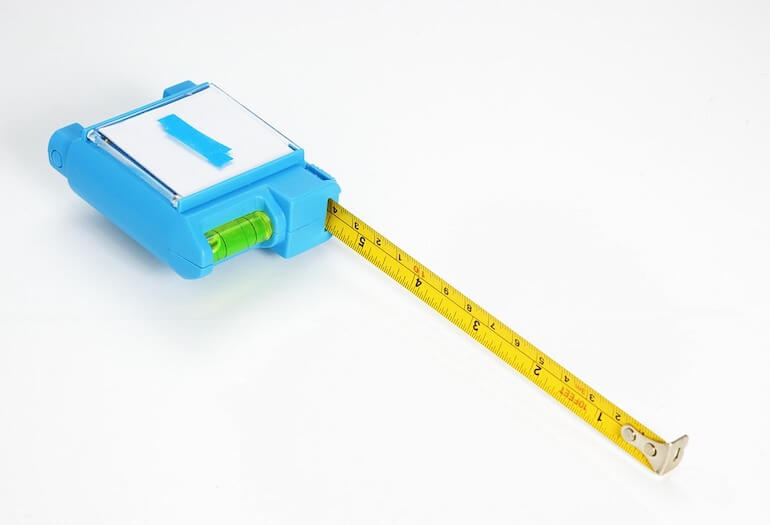

Identifying the competition is an essential task for any business. However, in most cases, this identification process is limited to looking for similar sellers, without taking into account those that have a different business model but offer the same products as your online store. Price index techniques serve to identify this competition, which is really creating an obstacle to the success of your business.
Thanks to the price index, you’ll be able to clearly identify who the competition for your business is and what pricing strategies they use to maximise your sales at all times. Do you want to know how?
What is the price index used for in eCommerce stores?
Knowing the difference in prices between your competition and your own online store is what will allow you to adjust your strategy to the realities of the market. You’ll also be able to effectively recognise which competitor is really taking all the sales that you’re missing out on at specific times.
A price index study needs to draw from three key areas:
- knowledge of your competitors’ catalogues
- the calculation of the price index
- the sales history by date
With these three elements, you can make a comparative graph to understand the deviations the market suffers as well as their depth.
Calculating the price index
The formula for obtaining the price index is very simple. The price index is the percentage obtained from comparing your competitor’s price and your price for the same product. To successfully complete this study, you’ll need to perform this calculation daily.
Drawing conclusions from the price index
Once you’ve obtained the price index for every product and competitor on certain dates, you should organise this on a timeline that will allow you to see the progression of prices with respect to your own online store.
With help from your sales report, you’ll be able to discover which competitor lowers their prices on the days that your eCommerce business has the least number of transactions.
To organise all this data, you’ll need:
- a competitor price monitoring tool that allows you to obtain information about your competitors’ prices and stock.
- a table in which you can collect all of the data daily, or even hourly, depending on the demand in the sector.
- a system of graphs that will allow you to see the evolution in pricing and sales clearly and easily.
The truth is that carrying out these calculations and comparisons can be an obstacle for eCommerce businesses with large catalogues or multiple competitors since doing so manually is not practical in an online sales environment. Thanks to competitor price monitoring software, you’ll be able to obtain all the data you need to carry out the study. In addition, the more advanced tools, such as the customised reports from Minderest, will allow you to configure the reports using the formulas you need based on the necessities of your business.
Nevertheless, the objective of the price index is to obtain the global reference point that will allow you to compare yourself with your competition based on the pricing strategy implemented. The first step to calculating this is to identify who your competitors are and which products you have in common with their catalogues. This will allow you to obtain the total number of products you have in common and the index with which to divide your match factor.
To determine your market position in relation to your competitors, you must find the price index with respect to their entire catalogue, product by product. This will give you the average.
How to adjust your pricing strategy to the price index
Your pricing strategy will be the first to benefit from studying your market price index. The key is to detect what the ups and downs of the market are to adjust your prices to those of the competition and not miss out on a single sale.
You ought to consider the moment at which this price reduction occurs as well as the remaining stock of the product in your competitors’ warehouses. This will help you understand the reasons behind the price fluctuations of your competitors and, above all, it will help you be prepared to adapt to them.
In any case, it’s important that, with the help of your price intelligence software, you set the guidelines by which you’ll adapt to these market prices. Setting a profitable minimum price to not lose profit margins is fundamental to ensure that your store can maximise its profits on every sale.
In short, the price index is yet another factor you can use to make your business increasingly more successful. Maintaining control over what’s happening in the market is essential to understanding how it works and to predicting great opportunities.

Find out how Minderest can take your business to the next level.
Contact our pricing experts to see the platform in action.
Related Articles

AI Agents and Holiday Season: How to Adapt Your Pricing Strategy
Holiday season planning used to revolve around creative campaigns, emotional storytelling, and optimizing the user experience. However, a silent revolution is changing the rules of the game. The rise...
How Surveillance Pricing Works and Its Applications for Your Business
The term "Surveillance Pricing" might conjure images of corporate espionage and price manipulation. However, this initial perception hides one of the most sophisticated and powerful strategies in...